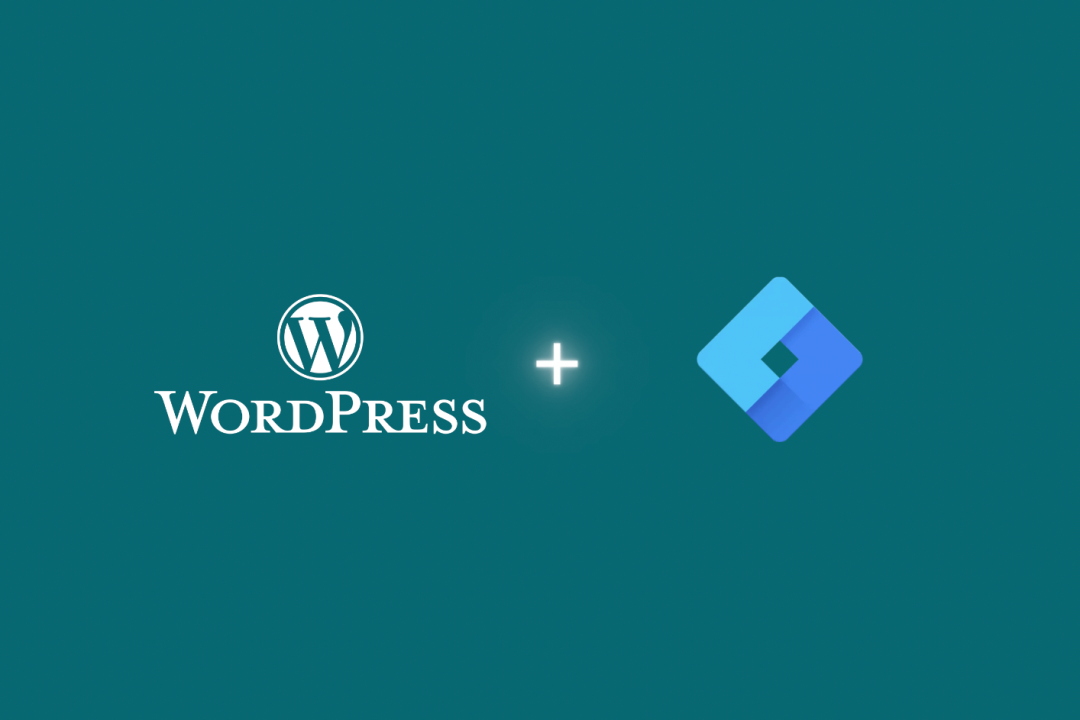
As a WordPress website owner, you’ve probably come across the term “slug” in your dashboard. Slugs play a crucial role in your site’s structure, organisation, and SEO.
Table of contents
In this article, we’ll cover what WordPress slugs are, why they’re essential, and best practices for creating and optimising them.
What is a WordPress Slug?
A WordPress slug is the part of a URL that identifies a specific page, post, category, or tag within your website. Slugs are generated automatically by WordPress based on the title of your content. They help both search engines and users understand the topic of a particular page or post.
For example, consider the following URL for a blog post about WordPress plugins:
https://example.com/blog/best-wordpress-plugins-2023
In this case, the slug is “best-wordpress-plugins-2023,” which clearly indicates the topic of the blog post.
Importance of WordPress Slugs
SEO Benefits
Slugs play a significant role in your website’s search engine optimisation (SEO). Search engines like Google use slugs to determine the relevance of a page or post to a user’s search query. By including targeted keywords in your slugs, you can improve your content’s visibility in search engine results pages (SERPs) and drive more organic traffic to your site.
User Experience
A well-crafted slug provides a clear indication of a page or post’s content, helping users decide whether the content is relevant to their needs. This enhances the user experience and can lead to higher click-through rates and lower bounce rates.
Content Organisation
WordPress slugs are also used to create a hierarchical structure for organising your content. For example, slugs for categories and tags help organise blog posts by topic, making it easier for users to navigate your site and find the content they’re interested in.
Best Practices for Creating and Optimising WordPress Slugs
Keep It Short and Descriptive
A good slug should be concise yet descriptive. Aim to include your primary keyword and accurately describe your content in as few words as possible. This makes your URLs easy to read and remember.
Use Hyphens to Separate Words
When creating slugs, use hyphens (-) to separate words, as they’re considered the most SEO-friendly option. Spaces or underscores (_) are not recommended, as they can create confusing or less-readable URLs.
Remove Stop Words
Stop words are common words like “and,” “the,” or “in” that don’t carry significant meaning. Removing them from your slugs can help shorten your URLs and improve readability without sacrificing context.
Avoid Special Characters and Capitalisation
Stick to lowercase letters, numbers, and hyphens when creating slugs. Special characters (like ?, &, or %) and capitalisation can cause issues with certain servers, browsers, and search engines, leading to broken links or reduced SEO value.
Be Consistent
Establish a consistent naming convention for your slugs to maintain a clean and organised site structure. This will make it easier for both users and search engines to understand and navigate your website.
Editing WordPress Slugs
WordPress automatically generates slugs based on your content’s title, but you can edit them to optimise for SEO and user experience. To edit a slug in WordPress, follow these steps:
- Log in to your WordPress dashboard.
- Navigate to “Posts” or “Pages” and click on the title of the post or page you want to edit.
- In the editor, locate the “Permalink” section (usually found in the right sidebar or below the content editor).
- Click the “Edit” button next to the current slug.
- Make your changes following the best practices outlined above.
- Click “Save” to update the slug.
Checkout our detailed guide on how to change a WordPress permalink.
Note: When editing slugs, be aware that changing a published post or page’s slug will result in a broken link unless you set up a proper redirect. You can use a plugin like Redirection or Yoast SEO to manage redirects efficiently.
Conclusion
Understanding and optimizing WordPress slugs is crucial for improving your website’s SEO, user experience, and organization. By following the best practices outlined in this article, you’ll create clear, concise, and SEO-friendly slugs that help drive more traffic to your site and enhance the overall browsing experience for your visitors.





